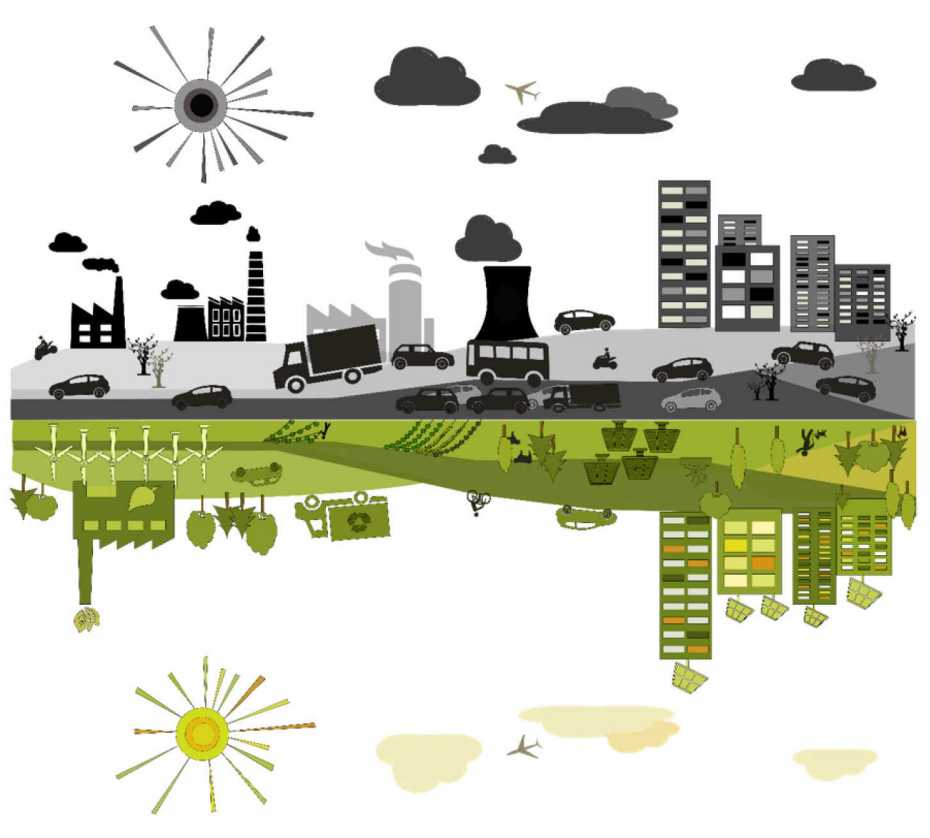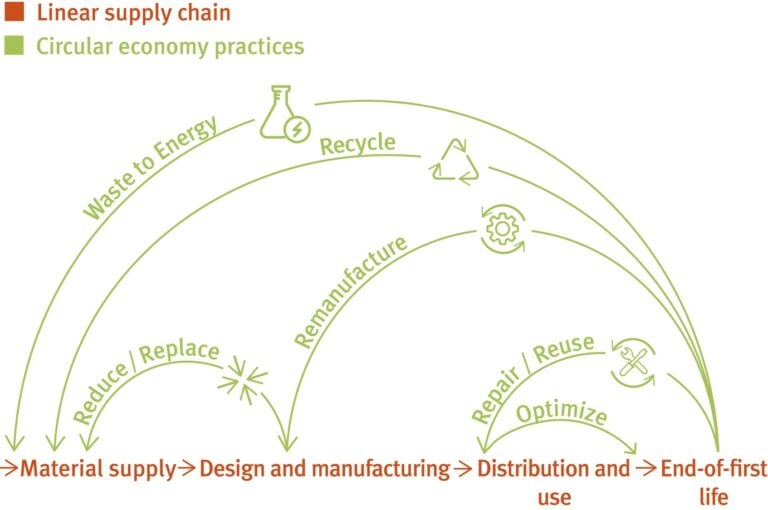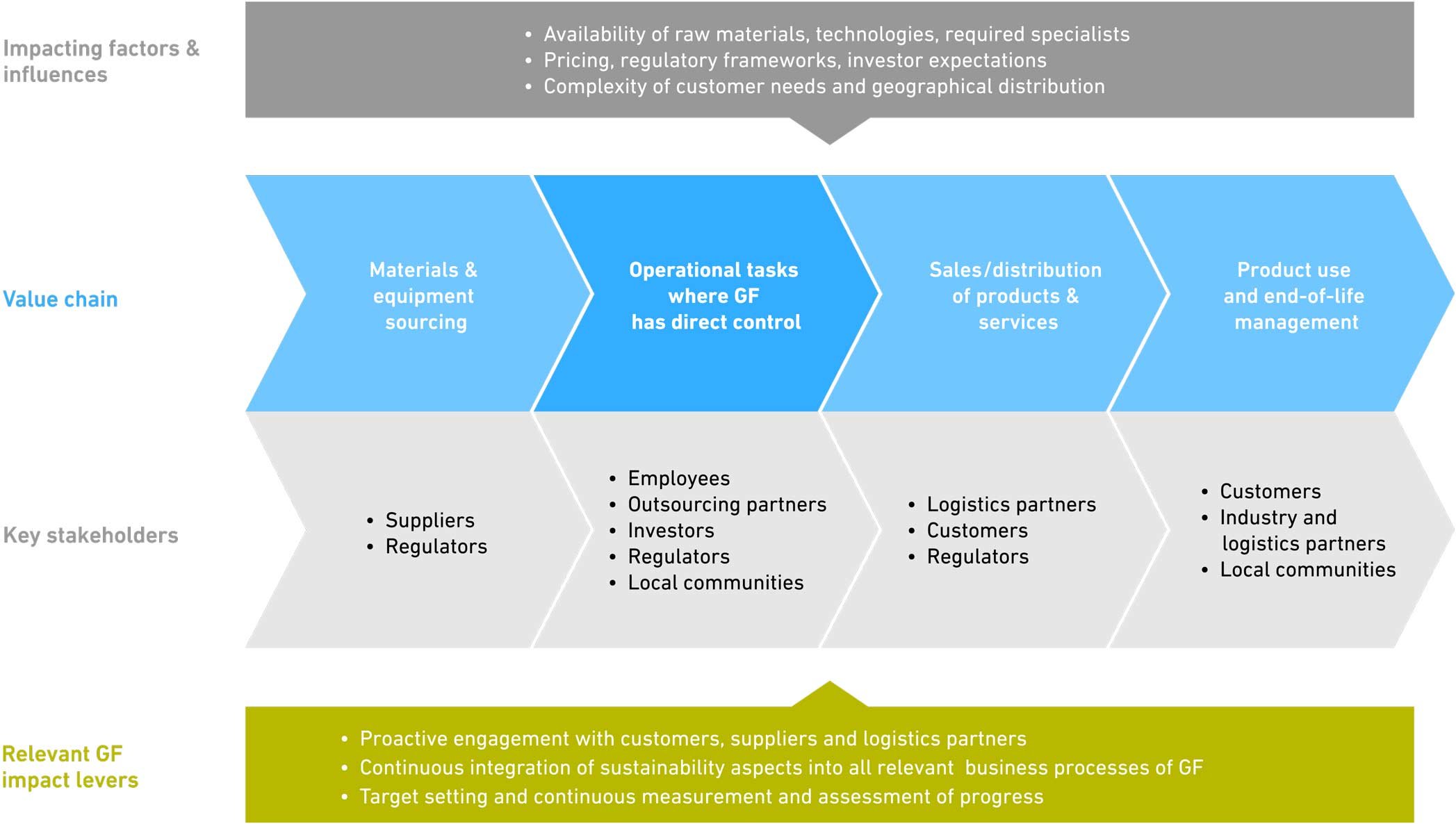The global supply chain disruptions caused by the Covid-19 pandemic have revealed the weaknesses created by our society and economic model's dependence on global trade. This has led to a unique opportunity for businesses and individuals to review and adapt their business models in order to build a more workable and sustainable future. With an increasing number of customers demanding sustainability in hospitality and hotels, innovation of the logistics of supply and value chains demonstrates a committed approach across all processes.
Some experts argue that local and human supply chains are the most sustainable and resilient ones. Businesses should encourage their stakeholders - associates, customers, business partners and competitors - to educate themselves and initiate change regarding sustainable initiatives. Many companies are in the process of reviewing the logistics behind their supply and value chains in a step towards more workable and renewable practices. Supply chains link a company and its suppliers; they represent the steps taken to transform raw materials into a marketable product or service. A value chain goes further as it enables a company to maintain a competitive advantage by optimizing its strategy in order to maximize efficiency and profitability.

Image source
In 2018, the travel and tourism industry accounted for 8% of global GHG emissions. Indeed, every aspect of a hotel supply chain, from the physical construction of its facilities to natural resources, energy and goods' usage, can negatively impact a hotel's environment. However, hotels rely on the preservation of ecosystems and natural resources to attract a steady flow of tourists. Hotels and airlines are directly threatened by increasingly frequent large-scale events such as water scarcity, wildfires, hurricanes, floods and rising sea levels. According to the Global Hotel Decarbonization Report published in 2017, the hotel industry must reduce its GHG emissions by 66% based on 2010 levels by 2030 and by 90% by 2050. Such targets will only be achieved through a rapid transition to an efficient and renewable business model. Therefore, the survival of the industry depends on the ability of hoteliers to change their ways to uphold environmental sustainability.

Green supply chains
One solution in the transition to sustainable business models is implementing Green Supply Chain Management (GSCM). It is defined as integrating sustainable environmental processes into the traditional supply chain. Its scope encompasses product design and raw material sourcing, manufacturing and production, operations, and end-of-life management. It aims to create value throughout the entire supply chain by increasing asset efficiency and reducing total environmental impact, costs and energy usage. When applying GSCM, a company should hold all its upstream and downstream partners accountable and collaborate with them in order to achieve transparency and efficiency.
Circular supply chains
Going one step further, companies have the choice to create Circular Supply Chains (CSC) by stopping waste from being created. The concept is characterized by the elimination of waste and pollution, the circulation of products and materials, and the regeneration of nature. Such a system supports the three pillars of sustainability: economy, people and environment. Across all industries, products and components must be redesigned to build capital rather than reduce it. Creativity and innovation therefore become the key to rethinking and redesigning our future for the better.
Unfortunately, green and circular models are costly and complex to implement overnight, but other initiatives can be taken to help hotel properties in their ecological transition. Procedures should be set to ensure that procurement departments buy exclusively from certified sustainable firms and emphasize the purchase of reused and recycled products to minimize the amount of resources used. Moreover, SC risk mapping is recommended to assess supplier performance; criteria can include, but are not limited to, environmental sustainability, human rights, and Research & Development. GSCM can be applied to every aspect of a hotel's activities, from energy and water usage to human resources, linen, amenities, furniture and food sourcing. If managed and advertised properly, CSR practices linked to GSCM and/or to CSC can help to increase guest loyalty and satisfaction, as well as the guest’s willingness to pay a premium.

Image source
Sustainable value chain
A second element to consider is the value chain (VC), whose study will enable hotels to enhance their competitive position in their market, hence rendering them more profitable. Sustainable VCs include both the social and environmental costs linked to the production and distribution of a product or service. Sustainable Value Chain Analysis (SVCA) seeks to determine the value that final consumers attach to the activities that contribute to emissions and how consumer perception is affected by changes to production processes and product attributes. By considering the market requirements, SVCA ensures that a company will make choices that benefit their competitive advantages. Moreover, including environmental impact assessment facilitates effective resource allocation by identifying priority areas and bottlenecks.
Factors such as a hotel’s location, its distinctive and innovative features or the offer of personalized services are considered value-creating. They play a large role in attracting high-end tourists to a destination and, therefore, can benefit local economies. There are a few remarkable examples of carbon-neutral, innovative and forward-looking hotels in Switzerland. One of them is Maya Boutique Hotel in Valais. The hotel was the first one in Europe entirely made of straw - an agricultural by-product of a dry grain crop. Nearly 55 tons of straw bales, clay, lime and glass make up the composition of the building.
Another example is the Valsana hotel in Arosa, Switzerland, which was built and is operated with sustainable principles in mind. The hotel’s building materials (wood, glass and metal) are natural and recycled, and the restaurant’s furniture was upcycled from recycled materials. Moreover, whenever possible, the hotel calls upon local and Swiss suppliers for material, amenities and food sourcing. The hotel’s energy is supplied by hydropower, and its heating is obtained through geothermal energy and heat recovery thanks to an “ice battery”.
Companies in other sectors can provide examples of how to integrate sustainability ambitions in the existing value chain. For example, Georg Fischer, a leading business in manufacturing technologies, addresses the broad spectrum of sustainability topics in all steps of its value chain. The initiatives shown in the image below are examples of actions that hotels around the world could also take to reduce the negative impact of their activities on the planet.

Image source
The transformation of the industry’s supply and value chains is a long-term project which should be carefully thought through, as many variables must be considered. It is therefore important to promote inter-team collaboration to ensure that appropriate changes are made to each department, and to use SVCA to ensure that the measures taken are well interpreted by final consumers. For example, the CSR and procurement departments could jointly create a list of criteria to be respected by suppliers in order to work with the hotel. This will help reduce the overall CO2 emissions of companies in the various tiers of a hotel's supply chain and create a greener economy.
When looking at the costs linked to running a hotel, it is essential to consider energy, which is the second largest spending category after employment and accounts for around 60% of a hotel’s CO2 emissions. Insulating a building or switching to renewable energy sources in the supply chain and activities, will help hotels reduce both energy costs and emissions in the long term. Ideally, hotel owners should take advantage of energy sources available near their property; for example, geothermal energy can be used when the hotel is near hot springs, and biodiesel can be used when the hotel is located in a rural area and surrounded by farms. Such investments might frighten investors since they are costly, which is why measures such as energy monitoring or reducing the heating and cooling temperatures in public areas can be an excellent first step. However, investors should keep in mind that going green is becoming the norm, and the longer they wait before investing, the more market share and, therefore, profit will be lost.
With a growing number of guests looking for sustainable hotels, going sustainable has become more than the “right thing to do”, it is the “smart thing to do” as it provides businesses with a competitive advantage. In the next few years, supply and value chain analysis and creativity and innovation will be the key to transforming the industry.




